We live in an ultra-complex capitalist system that trains the population to over-consume. Our habits are transforming the planet in which we live at an accelerated rate. Artist Matt Siber has investigated the systems, strategies, and methods of consumption through logical progression in a series of projects over the past decade. Visiting Siber’s Mana studio provided a chance to discuss living in a hyper-consumer culture, evolving methods of marketing, advertising in the public domain, and his early autumn 2015 solo exhibition at the DePaul Museum of Art.
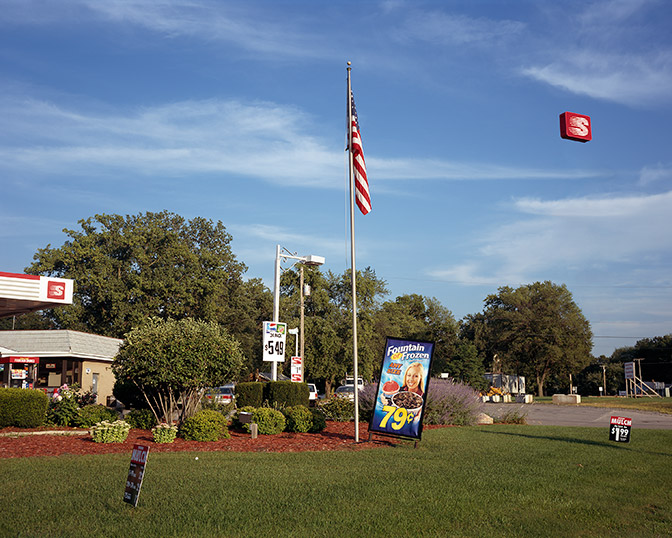
Matt Siber, Speedway, 2008
Can we start with your fascination with consumer culture, specifically the aspects of power and persuasion? This is a fairly pervasive item in our culture and yet most do not truly understand the vigilant strategies employed. What drew you to this area of investigation? Is your response purely objective or do you have an agenda?
Everyone has an agenda. My interest in consumer culture and advertising stems from my experience as a commercial photographer in the ‘90s. I worked for a variety of clients and was the university photographer for St. Lawrence University in Canton, NY for three years. This experience opened my eyes to the level of thought and consideration that goes into propagandized material. This wasn’t even an advertising agency, just the Communications Department of a liberal arts university. In particular, there were times when photos I had made for a university publication were rejected for reasons I thought were picayune and potentially paranoid.
It irked me that there are people whose job it is to influence and manipulate me. It irks me even more that much of that manipulation comes with the motive of separating me from my money. In graduate school I ended up focusing on these influences in order to understand them better and to potentially disarm them to some degree.
Since I began The Untitled Project in 2002, I have been involved in ongoing research dealing with consumerism, capitalism, public space and advertising in the 21st Century. Many of the issues facing the world today are a result of overproduction and overconsumption of goods. This is the result of the 20th Century shift from economies based on need to economies based on desire. With technology increasing the efficiency of production, producers were suddenly able to produce far more than consumers needed. Slowing or stopping production wasn’t a realistic option, so a ‘need’ had to be engineered in order to create a market for the over-abundance of products. Marketing shifted at this point from convincing people of the usefulness of a product, to instilling an emotional connection to a product. It became less about what the product will do and more about how the product will make you feel. This is also where the notion of planned obsolescence germinated. Producers can sell more product if the older ones become useless or less desirable over time.
This is an enormous issue to tackle with visual art, so I have chosen to focus on advertising as the engine of desire. I don’t believe that this shift could have happened without an ever increasingly sophisticated marketing system.
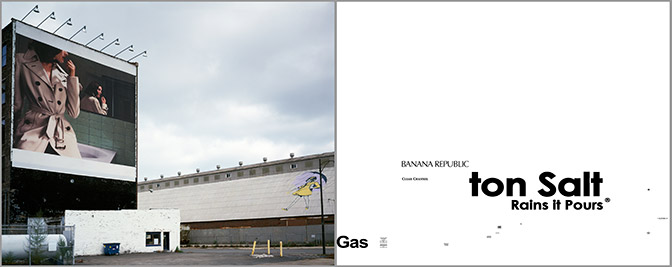
Matt Siber, Untitled 23, 2004
In looking at your work, there appears to be this commentary on the ‘everyday’ act of encountering, seeing and digesting information in the public domain. Often, there appears to be this sense of an ongoing covert battle of corporate will to secure the public’s attention. Does this seem a rather extreme reading? Are there distinct corporate patterns you notice in the landscape?
Advertisers are desperately competing for our attention. What they do is extremely challenging because our attention spans are getting shorter and shorter. In public space, smart phones are probably their biggest competition at this stage. I am certainly concerned about how our public space is for sale to advertisers for the purposes of convincing us to desire and spend. I feel that this space ceases to become truly public at this point. I admire subversive street artists who I feel are working directly against this notion that public space is for sale. Street art tries to reclaim ‘our’ space by simply taking it back for the purposes of creative expression.
The typical approach to critiquing this kind of subject matter is to paint the advertisers and marketers as megalomaniacal geniuses hell bent on controlling our lives. This really isn’t the case. The task of grabbing the public’s attention in 2015 is an extremely tall order, and only the very best creatives in the advertising industry to it well. It’s a constant struggle for survival in this industry. There are certainly trends and patterns that come and go, but they have to employ ever-changing strategies to keep from blending in with the rest of the visual background noise. For me, it would be an extremely stressful industry to work in.
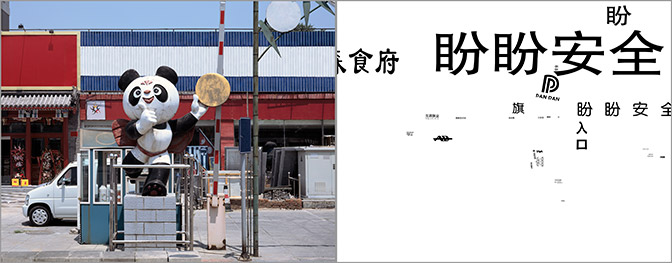
Matt Siber, Untitled 51, 2010
Your investigations appear to offer a steady progression in terms of content. You are now working in photography, video, and sculpture. Can you tell us about your process and how these varied formats interconnect in your art practice?
This has been the most rewarding aspect of my career so far. Once you grab hold of a grand idea, the projects seem to present themselves naturally to you. That isn’t to say that I haven’t had times where I’ve felt a bit foggy and directionless, but it always comes around eventually. The progression of my work is a result of what I learn from doing the projects I’ve done and from researching the topics I’m interested in.
Most of my work tries to deconstruct the systems of public advertising so that we may be able to see it more clearly. Digital imaging and photography offer a great deal of possibilities for deconstruction and their peculiar relationship with reality helps to point the viewer back to their own environment. The video work came about when I was working with mechanical or electronic advertising media that allowed the message to change or move fairly quickly. I am interested in how the rhythms of these devices relate to the urban rhythms of the spaces they occupy. I began by making still photographs of these types of signs, but they weren’t getting the job done. Rhythm comes across much better when you’re working with time-based media, so video was the logical solution. The same can be said for the current project Idol Structures. I started to notice the empty, back-lit signs in the urban landscape and began by making photographs of them, but they were boring. So I decided to make art objects based on these empty sign structures as a less literal way to talk about this form of idle architecture. Working with objects in 3D space changes the interaction with the viewer as well. Even though the sculptures are representational, the viewer isn’t asked to transport their mind to a different place and time like they are with photography and video. Many of my sculptures emit light into the exhibition space, which further serves to establish these objects in the present. Every medium has its strengths and weaknesses. I do my best to choose the medium that will most effectively convey my idea.
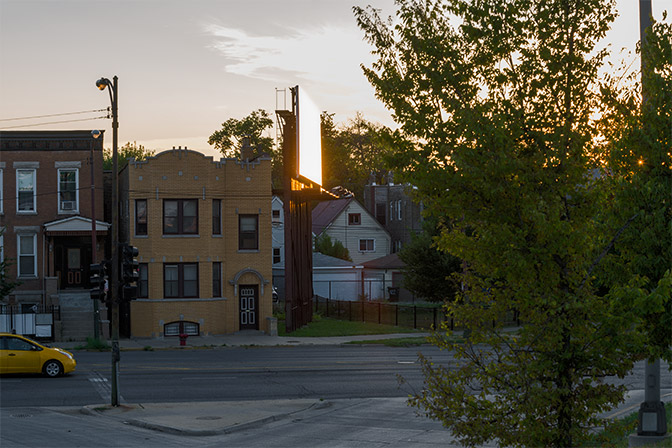
Matt Siber, Heliograph, 2012
You are also an educator. Are there specific connections that you see between your artistic practice and your format for teaching? What do you enjoy about being a mentor?
I do love the teaching component of my career. I feel that it is an essential part of my working process. It keeps my mind sharp and current, while being exposed to developing work and a wide range of working methods. While I’d like to think that I could get a similar experience with my peers, most of us are too busy to regularly talk about work together. Involvement with young, developing artists gives me perspective on the future of the art world and the changing paradigms.
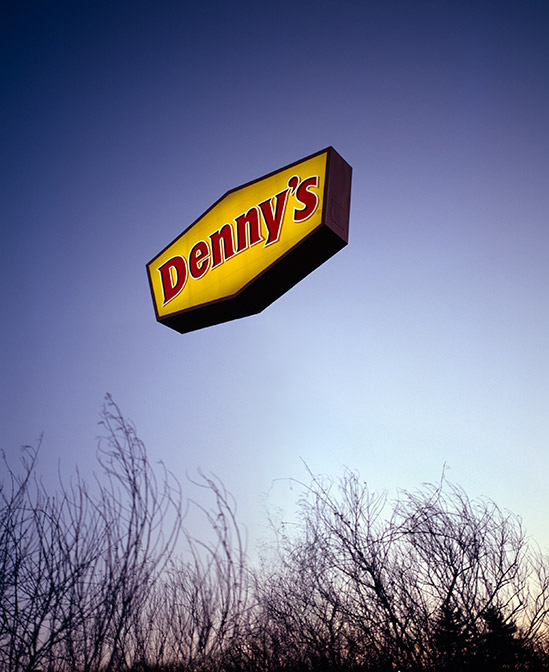
Matt Siber, Denny’s, 2005
You are preparing for a solo show at the DePaul Art Museum that opens in September. Can you share a little of what’s planned for this upcoming exhibition?
The Idol Structures exhibition at the DePaul Art Museum is by far my most ambitious effort to date. It will be my first major exhibition that isn’t exclusively photography and digital imaging. The show will consist of sculpture, installation and photography. This is my first foray into large-scale sculpture and in working with photographs that are not presented traditionally on the wall (although some will be). The project investigates the 3D nature of the system of 2D advertising in public space. It will run from September 10 to December 20.
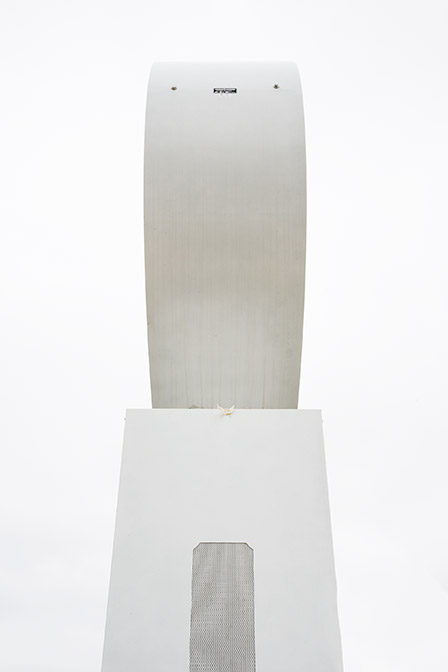
Matt Siber, White, 2013
Are there any other items in the works for 2015 or beyond?
At the moment, all my energy is focused on the DePaul exhibition. We are publishing an exhibition catalog that is really more of a book, so work has to be completed early so photographs can be made for the publication. My work is cut out for me until September. I’m hoping this exhibition will open more opportunities for me to work in 3D and potentially in outdoor and public art.
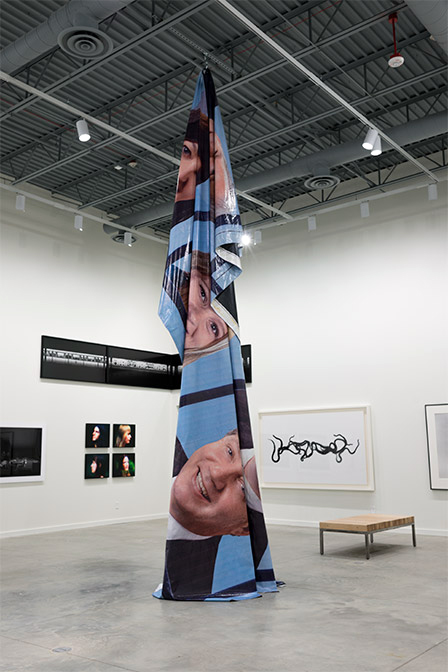
Matt Siber, Billboard Vinyl #2, 2013
Matt Siber has presented his work in solo exhibitions at Galerie f 5.6 (Munich, Germany), Johalla Projects (Chicago), Billi Rubin Gallery (Berlin, Germany), Galerie Antoni Pinyol (Reus, Spain), PhotoEspana, La Fabrica Galeria (Madrid, Spain), and Peter MIller Gallery (Chicago). Siber’s artwork has been published and reviewed in a variety of publications, including: The Prime Russian Magazine, Moscow, Russia; Columbia University Press, New York, NY; El Cultural (El Mundo), Madrid, Spain; Etapes Magazine, Paris, France; among others.
To view additional information on the work of Matt Siber, please visit:
Matt Siber – http://siberart.com/
Museum of Contemporary Photography Chicago – http://www.mocp.org/collection/mpp/siber_matt.php
DePaul Museum – http://museums.depaul.edu/exhibitions/matt-siber-idol-structures/
Jame’s Yood review in Artforum – http://artforum.com/inprint/issue=200607&id=43427§ion=chicago
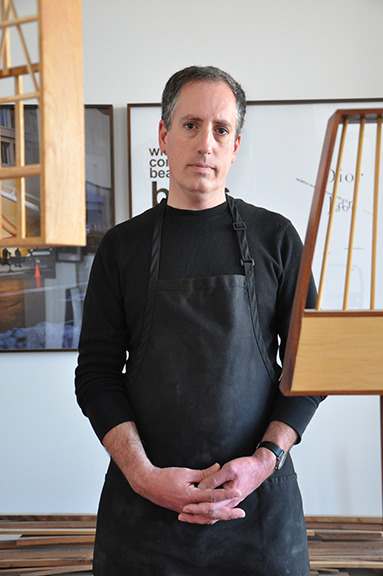
Matt Siber, artist, Chicago, 2014
Interviewed and portrait by Chester Alamo-Costello


